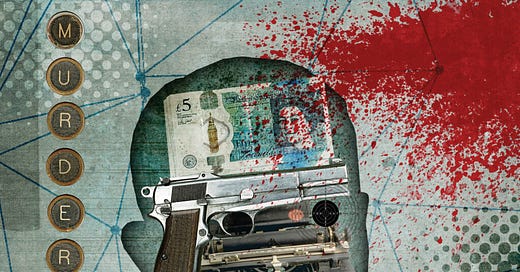The Mysterious “Judas Pig”: Book Review
When a mystery author writing under the name, Horace Silver, published a memoir of raging violence and greed in the early 2000s, the book quickly spun into the realms of cult classic storytelling.
Keep reading with a 7-day free trial
Subscribe to Berlin Sincerely | Sean P Durham to keep reading this post and get 7 days of free access to the full post archives.




